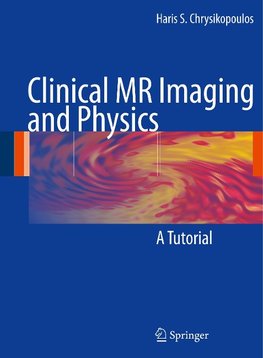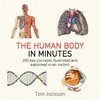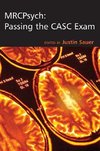
-
 Anglický jazyk
Anglický jazyk
Clinical MR Imaging and Physics
Autor: Haris S. Chrysikopoulos
Keywords Spin > Electromagnetic radiation > Resonance > Nucleus > Hydrogen > Proton > Certain atomic nuclei possess inherent magnetic Let us summarize the MRI procedure. Te patient properties called spin, and can interact with electro- is placed in a magnetic... Viac o knihe
Na objednávku
49.49 €
bežná cena: 54.99 €
O knihe
Keywords Spin > Electromagnetic radiation > Resonance > Nucleus > Hydrogen > Proton > Certain atomic nuclei possess inherent magnetic Let us summarize the MRI procedure. Te patient properties called spin, and can interact with electro- is placed in a magnetic feld and becomes temporarily 1 magnetic (EM) radiation through a process called magnetized. Resonance is achieved through the - resonance. When such nuclei absorb EM energy they plication of specifc pulses of EM radiation, which is proceed to an excited, unstable confguration. Upon absorbed by the patient. Subsequently, the excess - return to equilibrium, the excess energy is released, ergy is liberated and measured. Te captured signal producing the MR signal. Tese processes are not is processed by a computer and converted to a gray random, but obey predefned rules. scale (MR) image. Te simplest nucleus is that of hydrogen (H), con- Why do we need to place the patient in a m- sisting of only one particle, a proton. Because of its net? Because the earth's magnetic feld is too weak to abundance in humans and its strong MR signal, H be clinically useful; it varies from 0. 3-0. 7 Gauss (G). is the most useful nucleus for clinical MRI. Tus, foC r urrent clinical MR systems operate at low, mid or our purposes, MRI refers to MRI of hydrogen, and for h igh feld strength ranging from 0. 1 to 3.
- Vydavateľstvo: Springer Berlin Heidelberg
- Rok vydania: 2008
- Formát: Paperback
- Rozmer: 276 x 203 mm
- Jazyk: Anglický jazyk
- ISBN: 9783540779995












